The Philippines, an archipelago of approximately 7,640 islands in the Pacific Ocean near the equator, offers a diverse range of experiences for every traveler. From vibrant cities to breathtaking natural landscapes, here’s why you should consider the Philippines for your next adventure.
Cities to Explore
The Philippines boasts a captivating mix of urban excitement and historical charm, making its cities a must-see for any visitor.
Manila: Known as the “Pearl of the Orient,” Manila, the nation’s capital, is a vibrant hub of culture, history, and cuisine. Explore museums, relax in parks, catch a show at theaters, indulge in retail therapy at shopping malls, and savor diverse culinary delights. Manila is rapidly becoming a foodie destination, renowned for its varied cuisine and bustling street food markets, including the Legazpi Sunday Market, Quiapo Market, and Binondo, the country’s historic Chinatown.
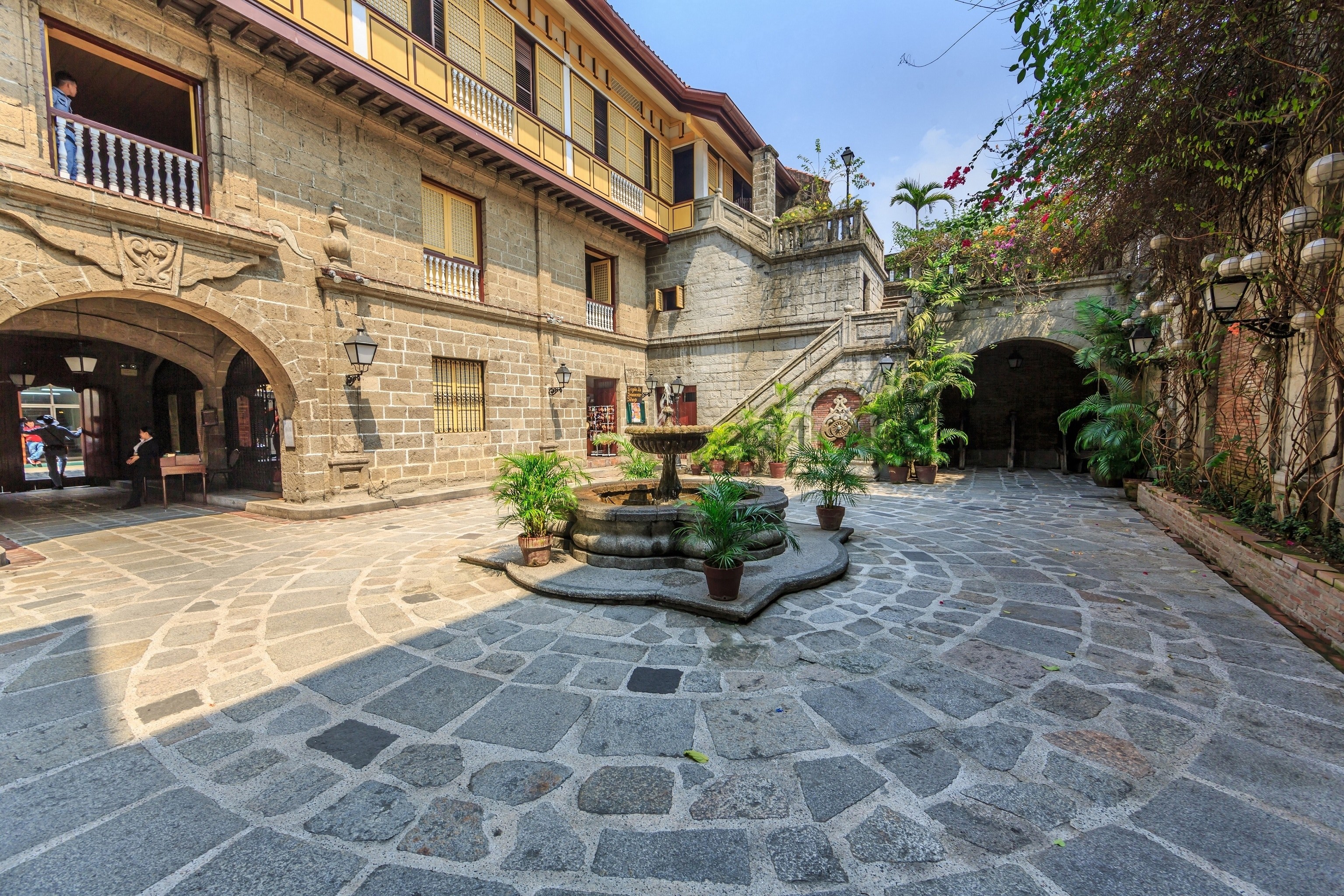 Casa Manila Museum depicting Spanish colonial era
Casa Manila Museum depicting Spanish colonial era
Davao City: The largest city in the Philippines by land area, Davao City, the capital of the Davao region, is a fantastic getaway. Popular destinations include Eden Nature Park, a mountain resort ideal for relaxation; Malagos Garden Resort, a 12-hectare nature theme park featuring the first chocolate museum in the Philippines; and Jack’s Ridge, a dining spot with stunning city views. Mount Apo, the highest peak in the Philippines and a mountaineer’s dream, is also located in Davao City. Davao is also famous as the home of the critically endangered Philippine Eagle, the national bird of the Philippines.
Cebu City: Cebu City, a perfect blend of island paradise and cosmopolitan living, is a top destination for both local and international travelers. As the country’s oldest city and a birthplace of Christianity in the Philippines, it offers a rich historical experience. Just outside the city, tourists can swim with diverse marine life or experience canyoneering at Kawasan Falls for a more adventurous activity.
Vigan: Step back in time in Vigan, a UNESCO World Heritage site on the western coast of Luzon. This historic city showcases a unique blend of Asian and European architecture, with charming cobblestone streets and well-preserved buildings reflecting its Spanish colonial past.
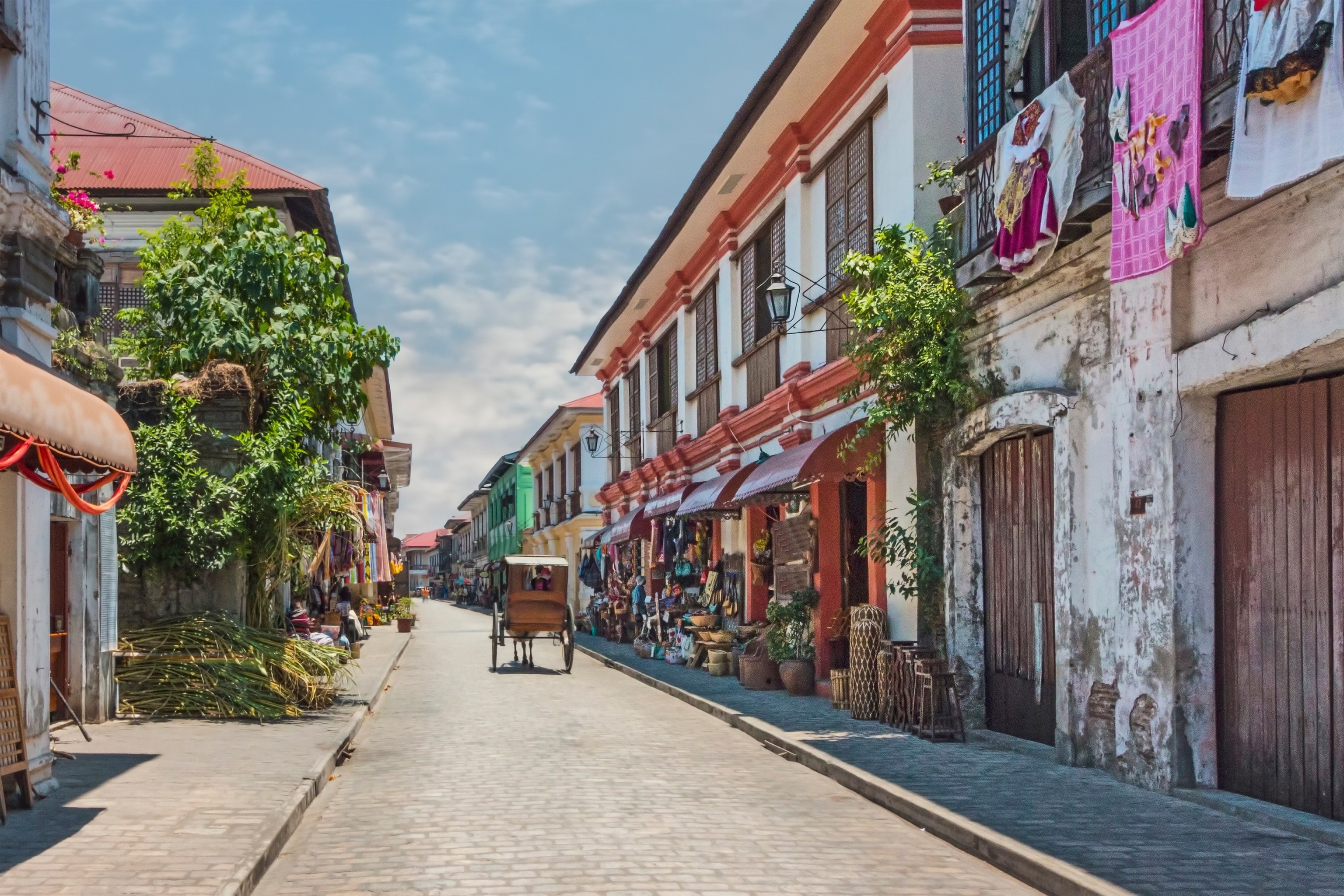 Cobblestone streets of Vigan showcasing Asian and European influences
Cobblestone streets of Vigan showcasing Asian and European influences
Stunning Beaches
With thousands of islands, the Philippines is a beach lover’s paradise. Explore beyond the famous Boracay and discover these emerging beach destinations.
Panglao Island (Bohol): As the main gateway to Bohol, Panglao Island is a 20-kilometer limestone island celebrated for its diving spots and pristine white-sand beaches such as Alona, Tawala, Dumaluan, and Doljo. Accessed via the Panglao-Bohol International Airport, Panglao offers premium accommodations and serves as a jumping-off point for dolphin and whale watching at Pamilacan Island, and diving at Balicasag Island.
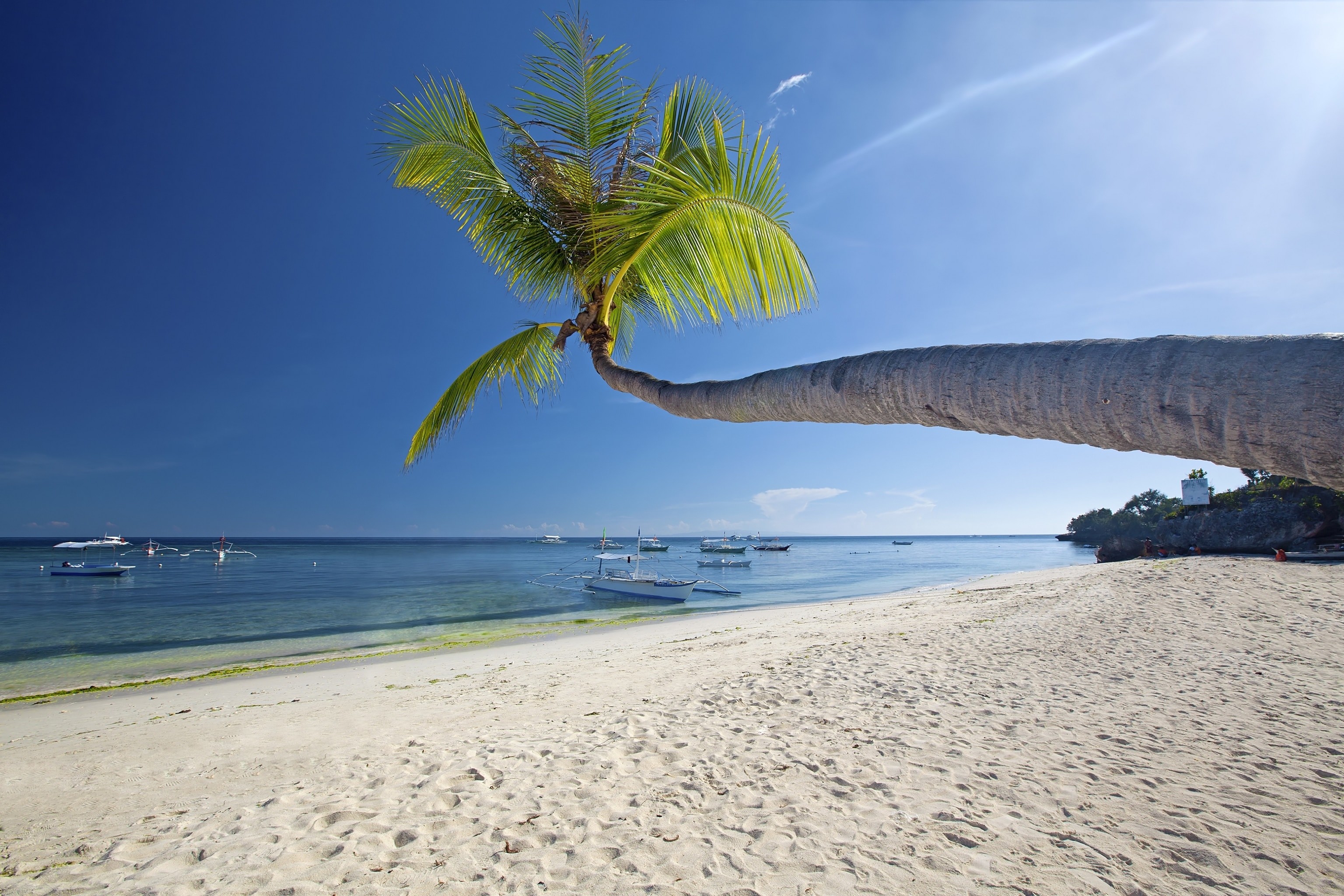 White sand shores and clear waters of Panglao Island for snorkeling
White sand shores and clear waters of Panglao Island for snorkeling
El Nido: Part of Palawan Island, El Nido features white-sand beaches, dramatic limestone cliffs, vibrant coral reefs, and crystal-clear waters teeming with fish. It is an ideal location for swimming, diving, and kayaking and serves as a gateway to island-hopping adventures and exploring the secrets of the Bacuit Archipelago.
Camiguin: Known as the “Island Born of Fire,” Camiguin boasts seven volcanoes that have shaped its unique landscape. The island is full of natural wonders, including lagoons, lakes, springs, pristine waterfalls, and exceptional white-sand beaches.
Siargao: If you’re a surfing enthusiast, Siargao, near Mindanao, is renowned for its world-class waves, laid-back island vibe, vibrant reefs, azure waters, and stunning resorts.
Wildlife and Natural Beauty
The Philippines is home to unique wildlife and stunning natural wonders.
Calauit Island: Calauit Island offers eco-tourists the unique opportunity to swim with dugongs in its crystal-clear waters. These gentle creatures, related to manatees, are believed to have inspired mermaid legends. Local conservation-minded tours educate visitors about dugongs and their conservation.
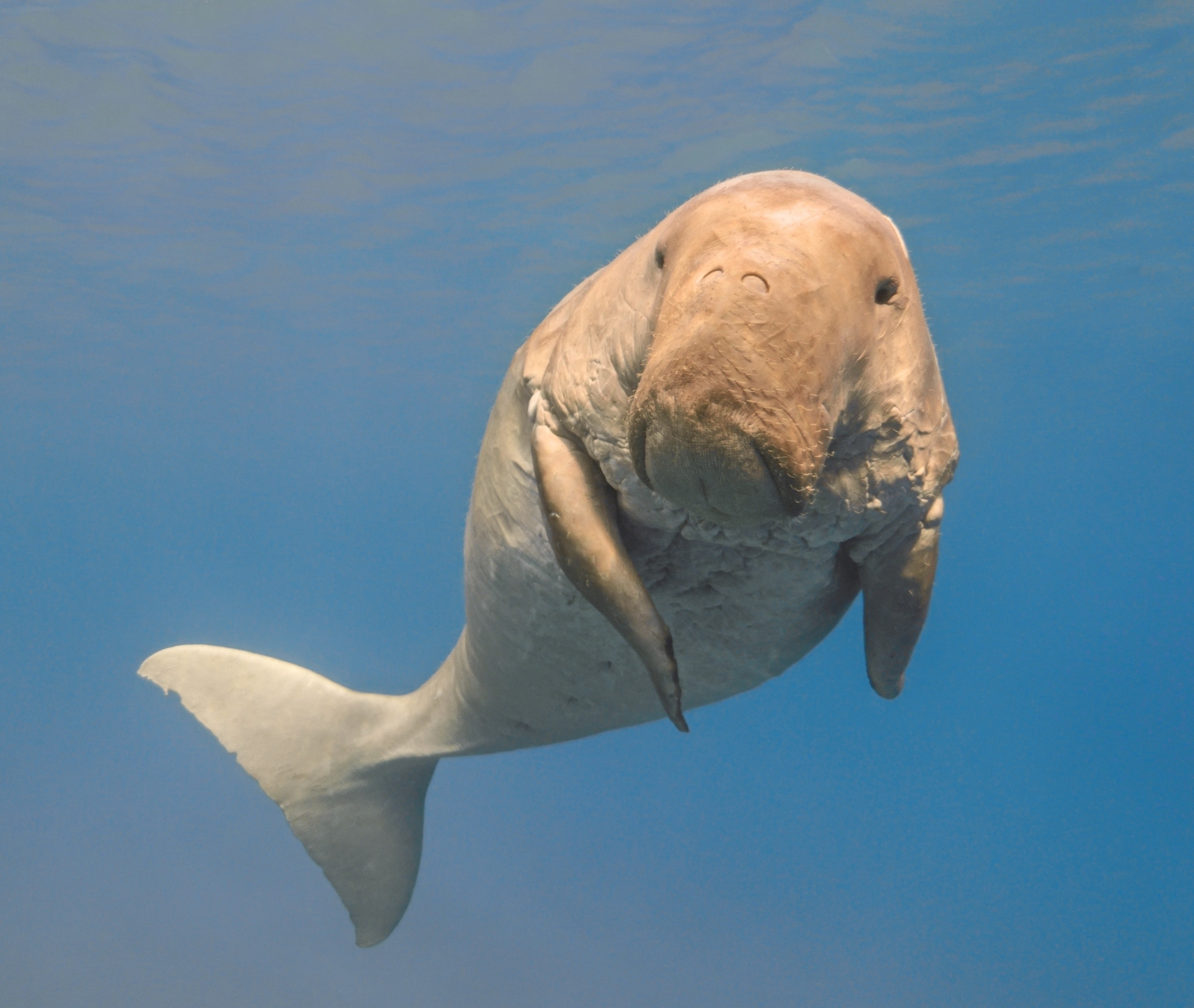 Dugong swimming in tropical sea water
Dugong swimming in tropical sea water
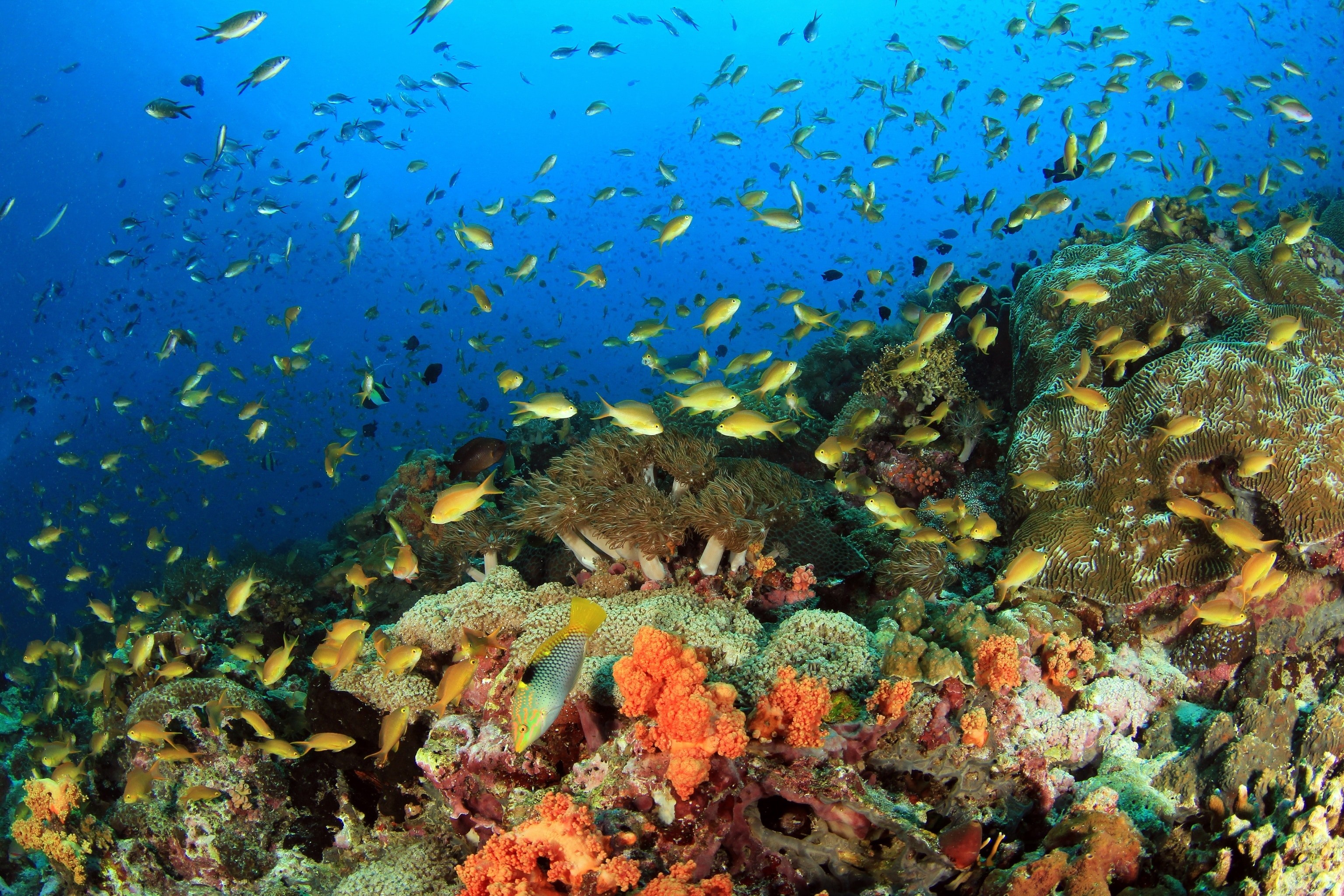 Colorful coral reef with schools of fish at Pescador Island
Colorful coral reef with schools of fish at Pescador Island
Chocolate Hills: On Bohol, the iconic Chocolate Hills create an otherworldly landscape. These natural formations gradually evolved over millennia. During the dry season, the hills’ vegetation turns brown, resembling chocolate mounds. The Chocolate Hills are a designated National Geological Monument.
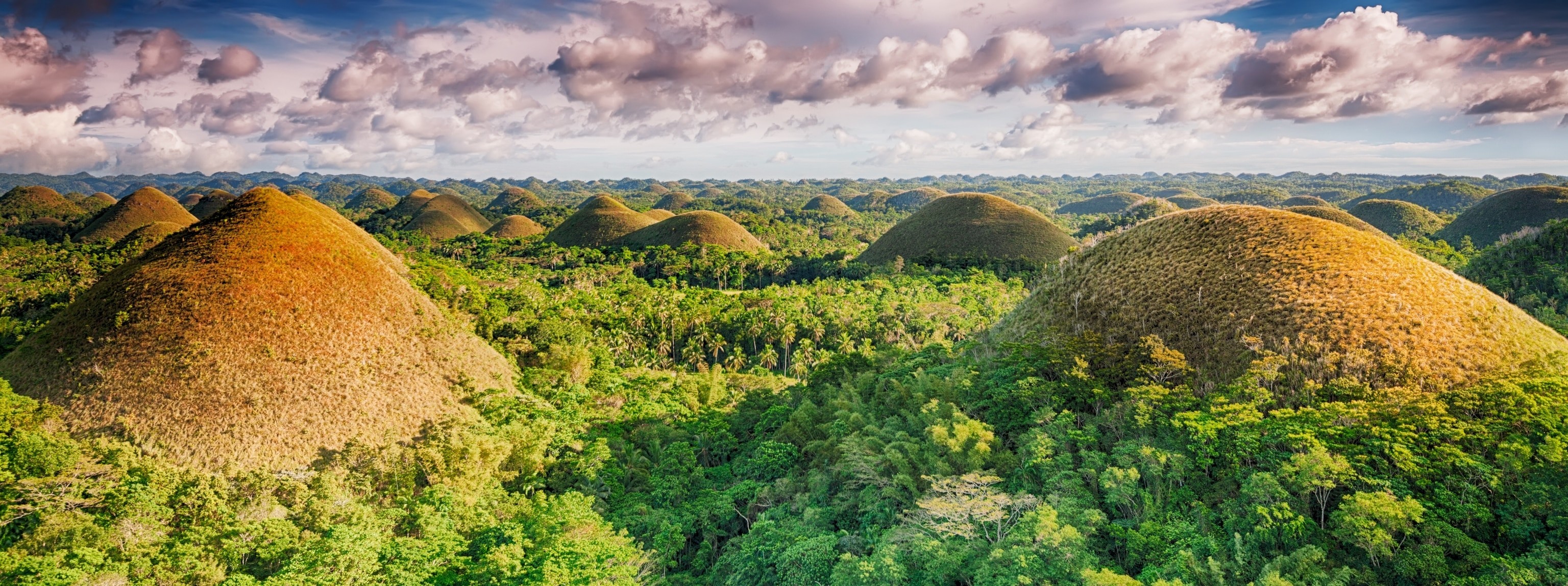 Panorama of the Chocolate Hills in Bohol
Panorama of the Chocolate Hills in Bohol
Ifugao Rice Terraces: The Ifugao Rice Terraces represent a harmonious blend of nature and human ingenuity. Carved into the mountains of Ifugao province over thousands of years, these terraced fields are a testament to sustainable agriculture and are a breathtaking sight to behold.
 World heritage Ifugao rice terraces in Batad, northern Luzon
World heritage Ifugao rice terraces in Batad, northern Luzon
National Parks
The Philippines has over 30 national parks, offering diverse outdoor activities. Top-rated parks include Calauit Safari Park, Puerto Princesa Subterranean River National Park, and Aurora Memorial National Park. Visitors can enjoy zip-lining, boating, camping, hiking, river cruising, wildlife spotting, snorkeling, and kayaking.
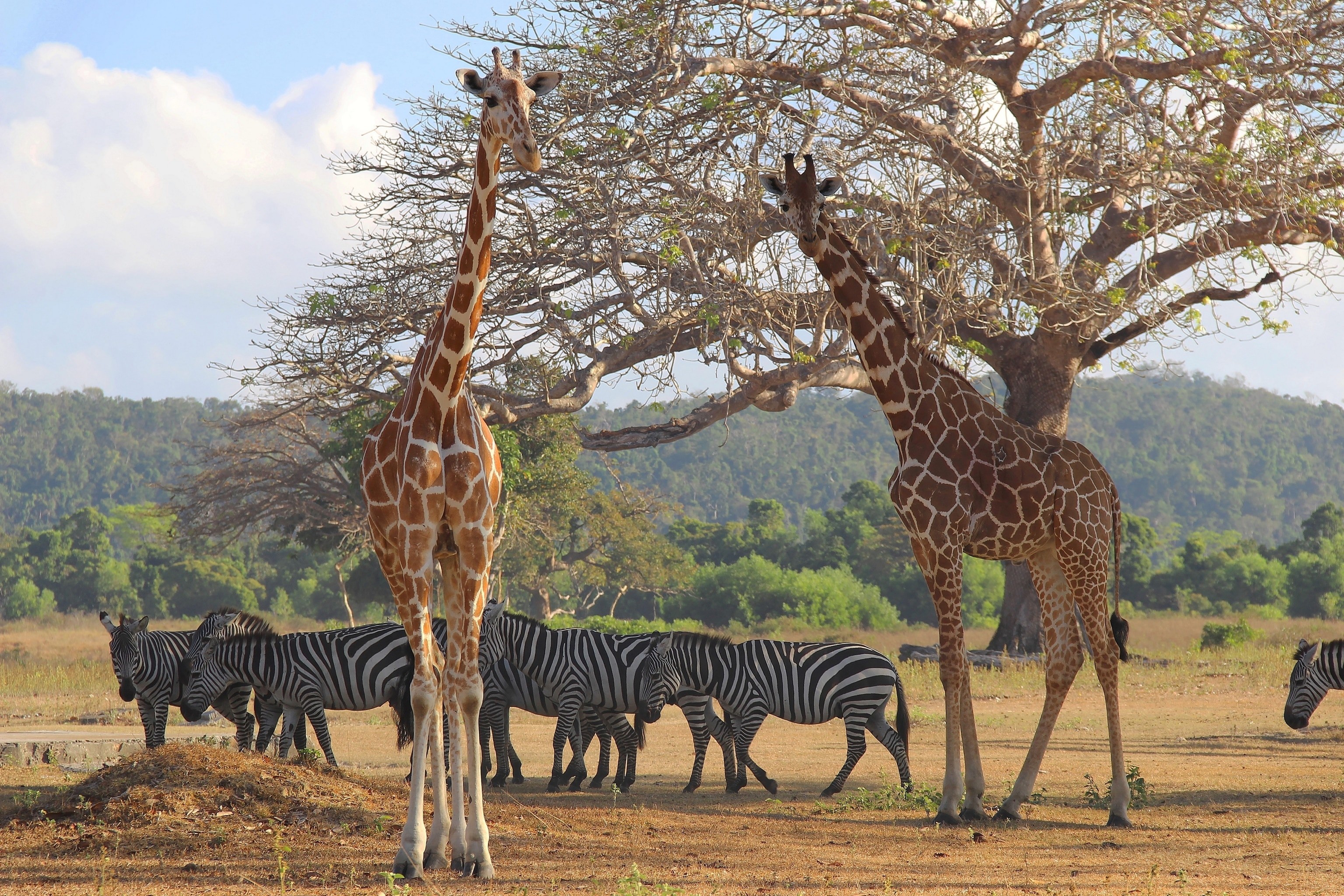 Giraffes at Calauit Safari Park in Busuanga, Palawan
Giraffes at Calauit Safari Park in Busuanga, Palawan
Essential Travel Information
Travel Requirements: U.S. citizens need a valid passport to enter the Philippines. Consult the World Health Organization for recommended vaccinations.
Best Time to Visit: The peak tourist season is from December to April. The hottest, driest months are March to June, while July to October may bring typhoons. The cooler season is from November to February.
Getting Around: Most international travelers arrive at Manila’s NAIA airport or Mactan-Cebu International Airport. Domestic flights connect to smaller airports. Boats are also a common mode of transport. In major cities, jeepneys are a popular way to get around.
Currency: The Philippine Peso (PHP) is the official currency. ATMs are widely available in major cities.
Language and Culture: Filipino and English are the official languages. The Philippines is ethnically diverse, with over 150 languages spoken. Catholicism is the dominant religion.
Cultural Etiquette
Filipinos value politeness and respect. Use terms like “Sir” or “Ma’am,” and familial terms like Tito/Tita (Uncle/Aunt) for elders. Always be friendly and reciprocate greetings. Tipping is appreciated but not mandatory. Avoid losing your temper or insulting the Philippines.
Discover the Philippines
The Philippines offers a unique blend of natural beauty, cultural richness, and warm hospitality. Whether you’re seeking adventure, relaxation, or cultural immersion, the Philippines promises an unforgettable travel experience.